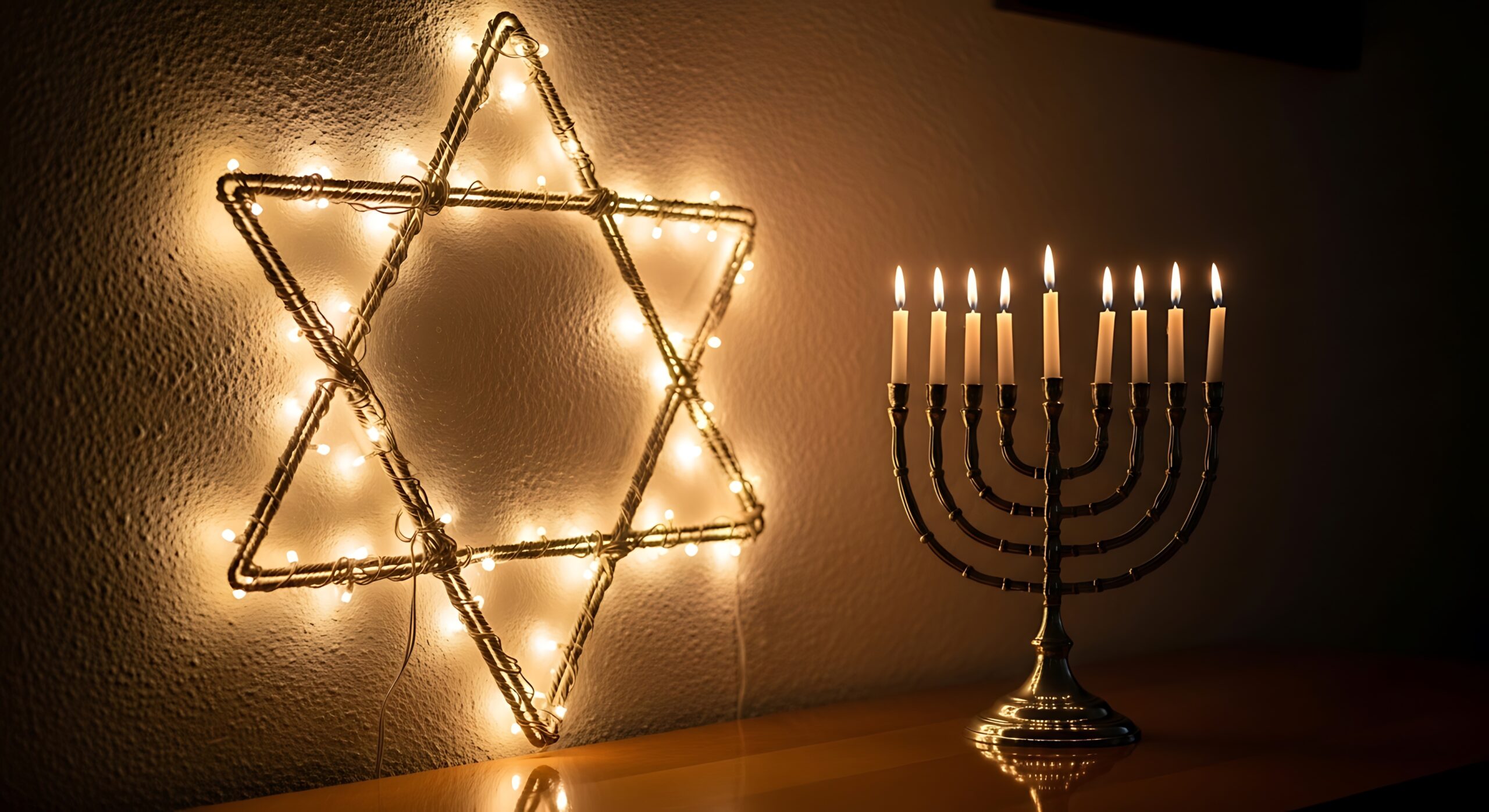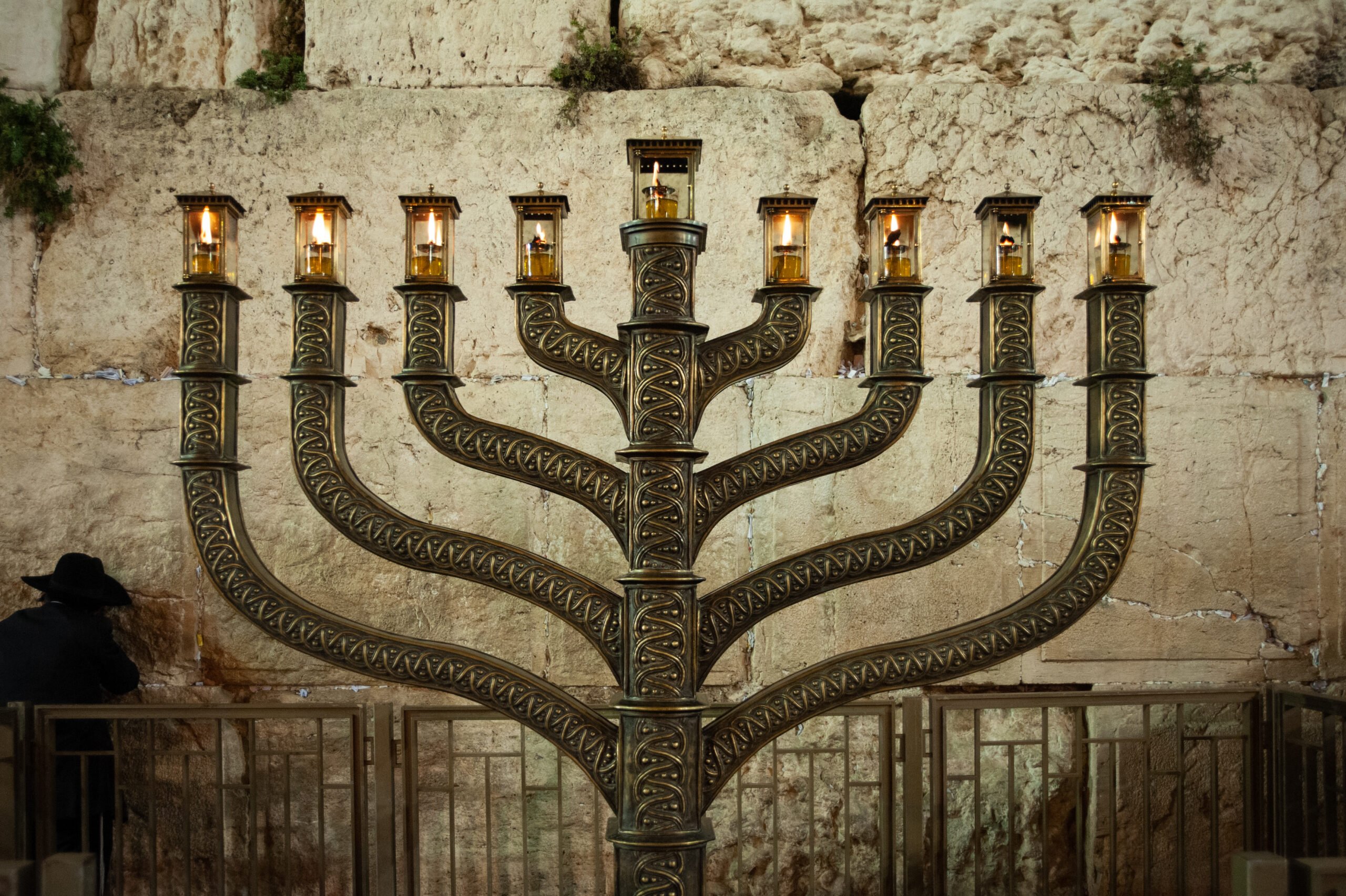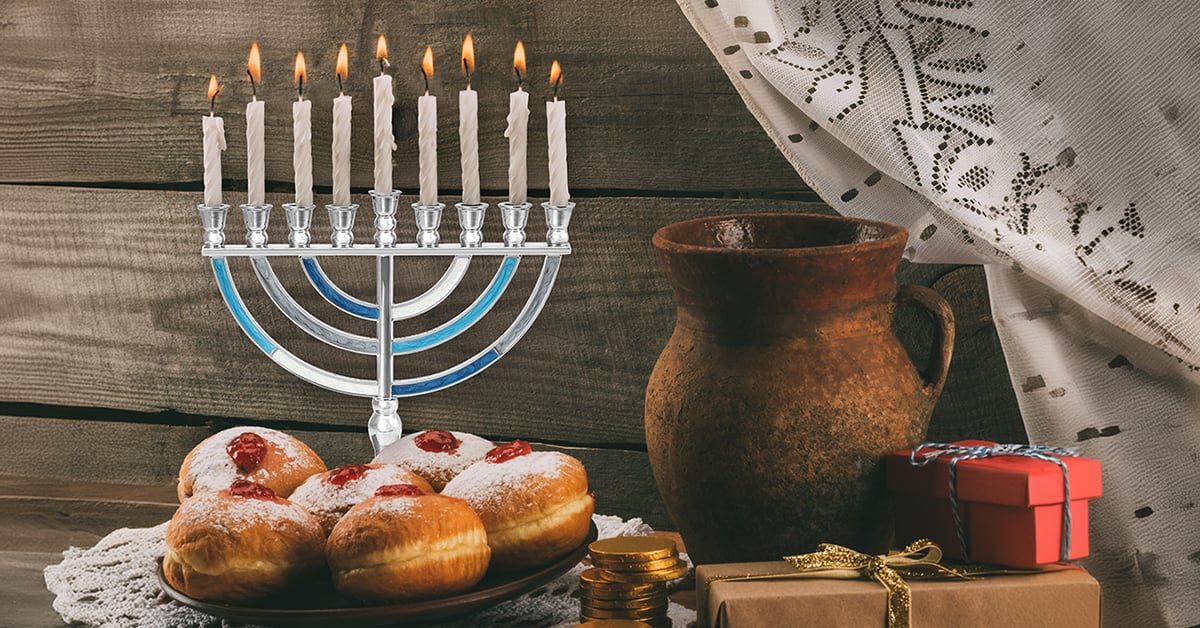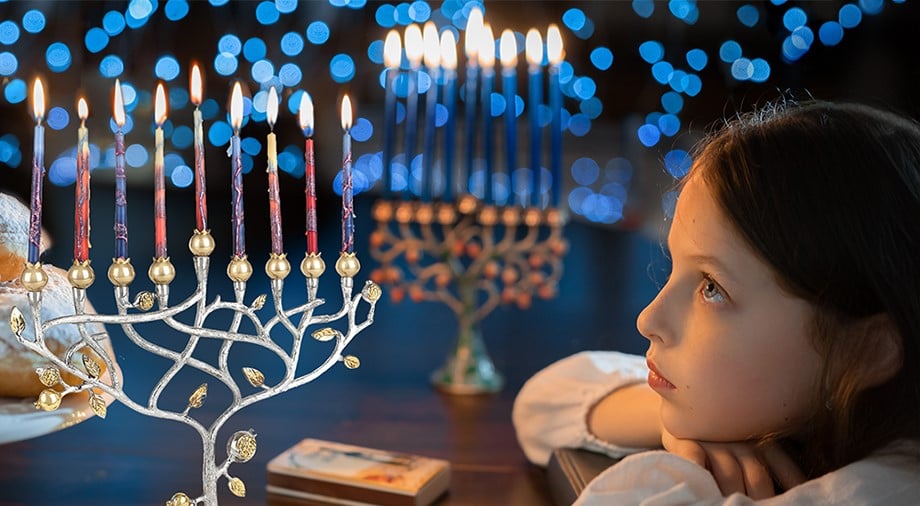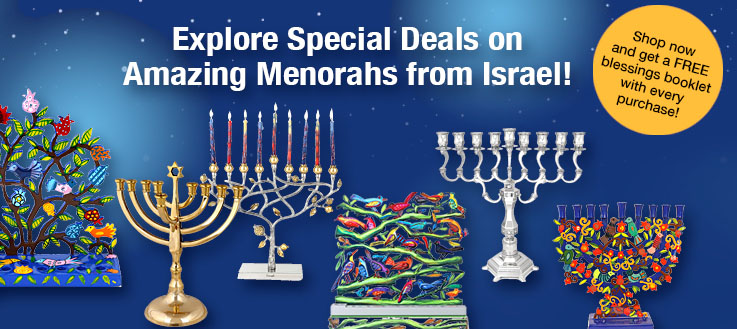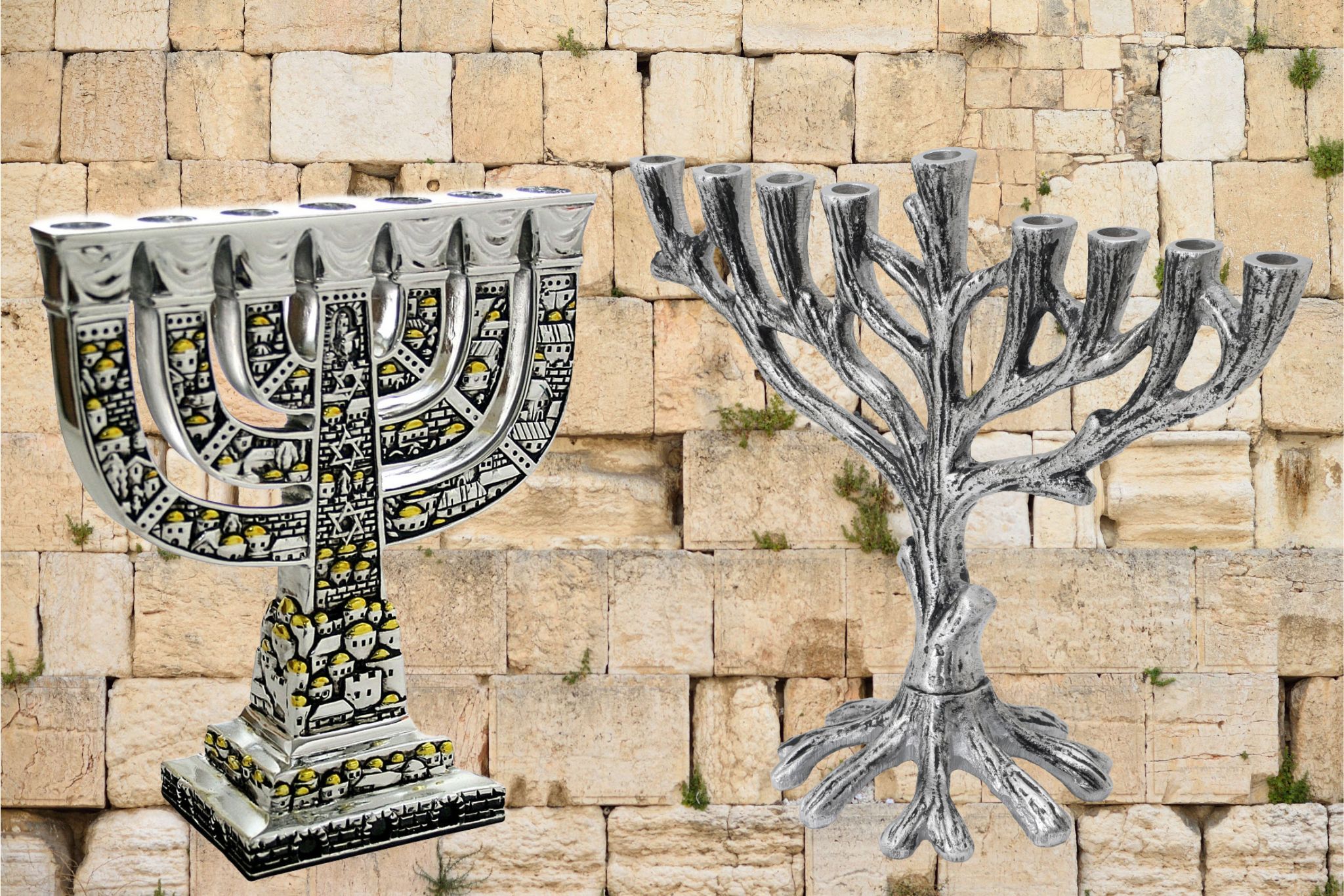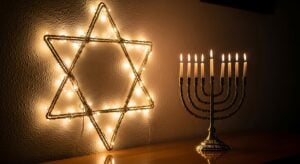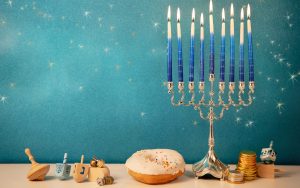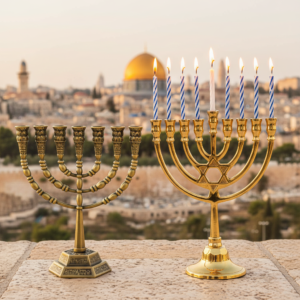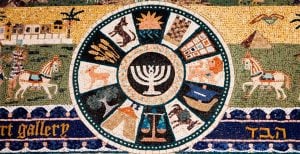
Origins in the Torah
The seven-branch menorah, known in Hebrew as the menorah or menorah ha-zahav (golden menorah), has its origins in the Torah itself. In the Book of Exodus, God gives Moses detailed instructions for creating the Tabernacle, the portable sanctuary the Israelites carried through the desert, and the menorah is among the most important vessels described.
The specifications are remarkably precise: the menorah was to be hammered from a single piece of pure gold, with a central shaft and six branches extending from it (three on each side) making seven branches total. Each branch was to be adorned with decorative cups shaped like almond blossoms, complete with buds and flowers. When lit, all seven flames would burn continuously, providing light in the Holy Place of the Tabernacle and, later, in the Temple in Jerusalem.

Symbolism of Seven Branches
Why seven branches? Jewish tradition offers multiple layers of meaning. The number seven appears throughout the Torah as a symbol of completion and divine perfection: seven days of creation, the seventh day of rest, the sabbatical and jubilee year cycles. The seven-branch menorah represented divine presence and spiritual illumination, its light a symbol of God's wisdom shining in the world.
From Tabernacle to Temple
When King Solomon built the First Temple in Jerusalem in 957 BCE, the menorah found its permanent home in the sanctuary. It stood in the Holy Place, across from the Table of Showbread, where priests would tend to its flames, ensuring they burned pure olive oil from evening until morning.
After the First Temple's destruction and the return from Babylonian exile, the Second Temple was built, and the menorah once again became a central feature of Temple service. For centuries, the seven-branched menorah burned in Jerusalem, a symbol of God's presence among the Jewish people and the eternal nature of the Torah.
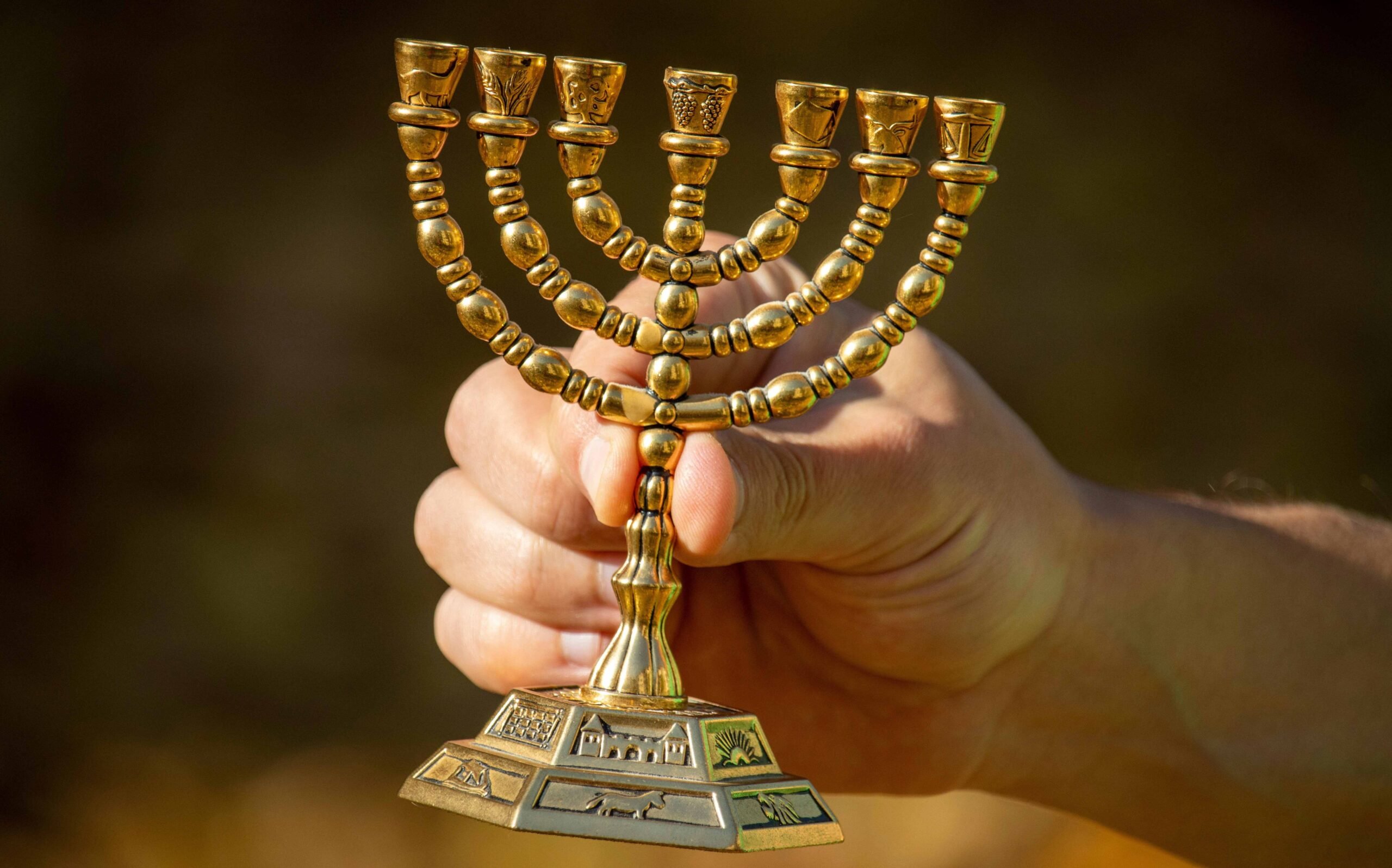
The Menorah as Symbol
The seven-branched menorah became the quintessential symbol of Judaism and the Jewish people. It appeared on coins, in synagogue art, and as a representation of Jewish identity. After the destruction of the Second Temple in 70 CE, the menorah took on even greater significance: depicted on the Arch of Titus in Rome, where Roman soldiers are shown carrying it away as spoils of war, it became a symbol of both loss and enduring Jewish survival.
Today, the seven-branch menorah serves as the official emblem of the State of Israel, connecting the modern nation to its ancient roots. It appears on Israel's coat of arms, outside the Knesset (Israeli parliament), and remains one of the most recognizable symbols of Jewish heritage worldwide. Many Jews and Jewish institutions around the world, such as synagogues, also use a replica or artistic representation of the Temple menorah as a piece of decor that's full of Jewish symbolism and history.






